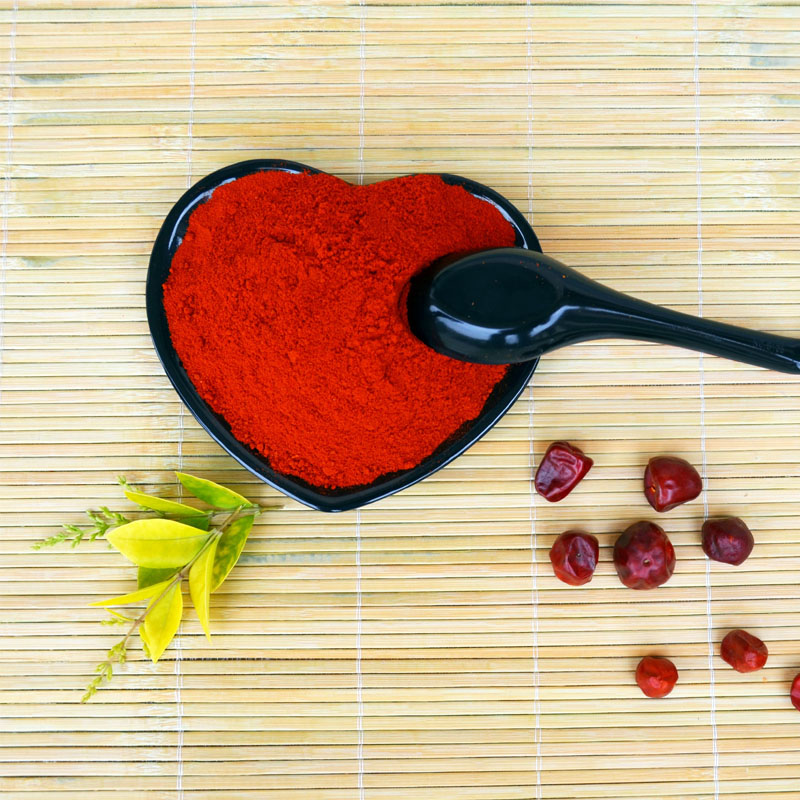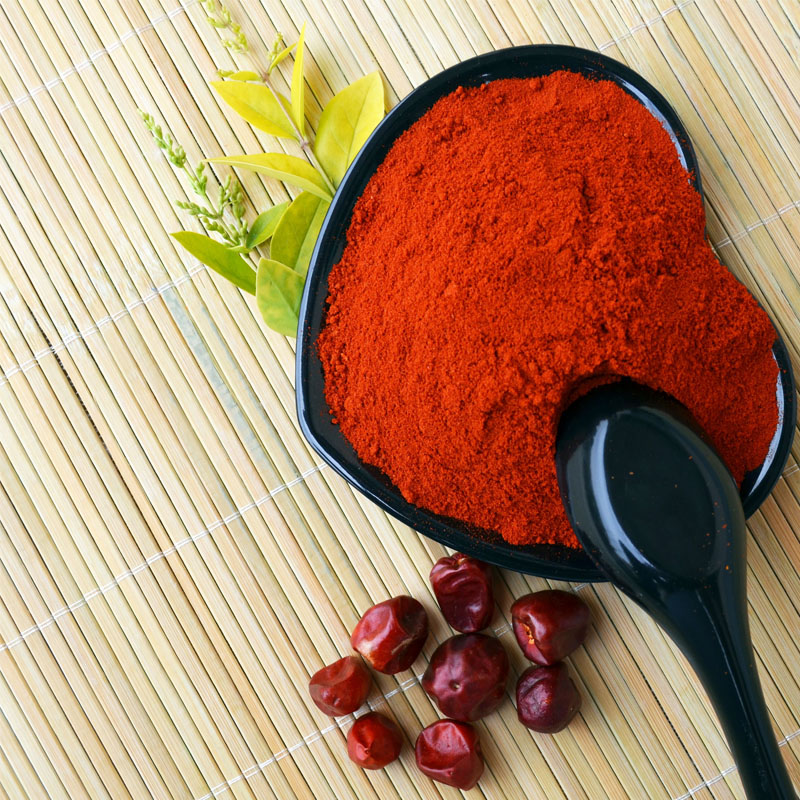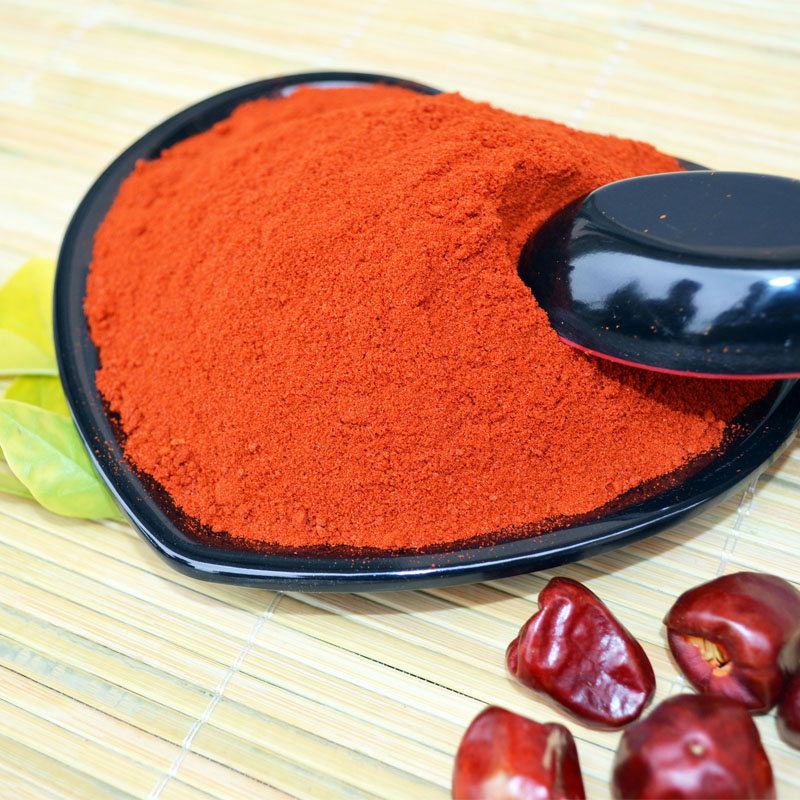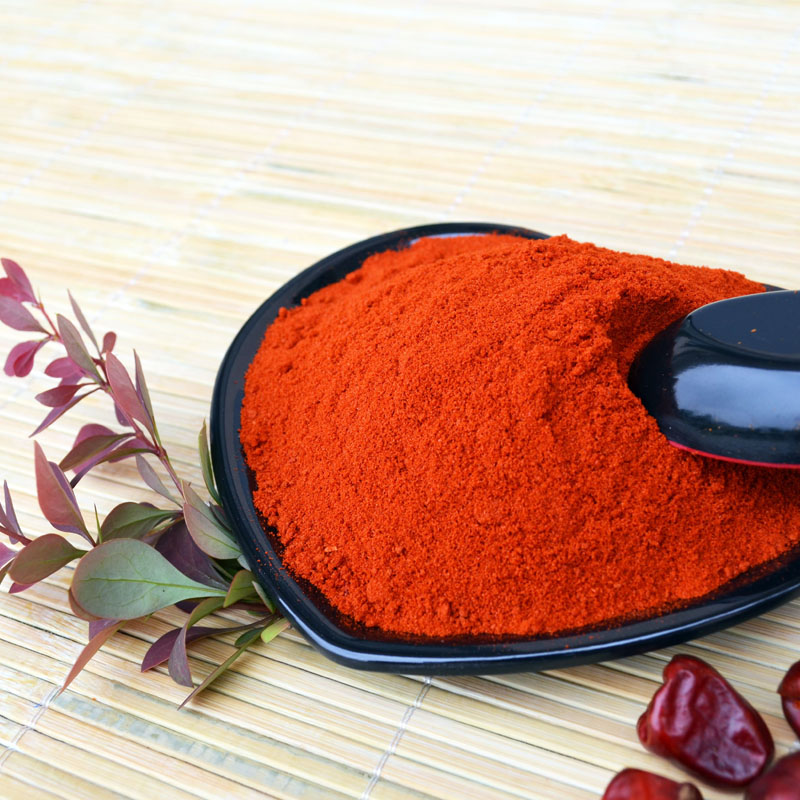- No. 268 Xianghe Street, Economic Development Zone of Xingtai city, Hebei 054001 China
- Byron@hbhongri.cn
Peppereka Powder – Sweet Red Paprika, Culinary Grade
If you’ve ever chased that deep, brick-red glow in a stew or sausage, you know the quiet power of peppereka powder—yes, it’s often spelled “paprika,” but many buyers type it the way they say it. Language is funny that way.

Industry trend, quickly: demand for clean-label colorants keeps climbing. Food brands want a natural, stable red that plays nice with oil and heat. Honestly, synthetic reds are on the back foot; real-world buyers tell me they’re swapping to natural capsicum-based options because consumers read labels now—carefully.
What it is (and why kitchens love it)
Sourced from Capsicum annuum L., peppereka powder contributes a warm, mildly sweet profile and that signature red hue. It seasons and colors rice, goulash, soups, and chorizo; in the U.S., people sprinkle it raw as garnish, but the oleoresin blooms best when warmed in oil. In production, color consistency (ASTA units) and grind size make or break the final plate shot—ask any food stylist.
Product specifications
| Product | Paprika (aka peppereka powder) |
| Origin | No. 268 Xianghe Street, Economic Development Zone of Xingtai city, Hebei 054001 China |
| Botanical | Capsicum annuum L. |
| Color value (ASTA) | ≈ 60–180 ASTA (real-world lots vary; CoA per batch) [1] |
| Heat level (SHU) | ≈ 200–1,000 SHU (mild) |
| Grind size | 40–100 mesh; 60/80 mesh popular for sausages and rubs |
| Moisture | ≤ 12% (ISO 939) [2] |
| Microbiological | APC ≤ 100,000 CFU/g; Salmonella: absent/25g; Coliforms < 100 CFU/g; post-sterilization typical |
| Contaminants | Aflatoxin B1 ≤ 5 µg/kg; Total ≤ 10 µg/kg; OTA ≤ 15 µg/kg (EU) [3] |
| Packaging | 20–25 kg food-grade bags with liners; palletized; metal-detected |
| Shelf life | 18–24 months in cool, dry, dark storage |

Process flow and QA
Materials: sun-ripened capsicum pods. Methods: drying (hot-air or sun, target moisture), de-stemming, milling, sieving, color-standardized blending, steam or ETO sterilization (customer preference), metal detection, and nitrogen-flush packing. Testing: ASTA color spectrophotometry [1], moisture by ISO 939 [2], mesh analysis, and full micro. Certifications typically available: HACCP, ISO 22000 or FSSC 22000; supplier can add Kosher/Halal on request. Service life: around two years—though honestly, chefs use it far sooner.
Applications and advantages
- Charcuterie and sausages (chorizo, kolbász): stable, warm red without aggressive heat.
- Ready meals and soups: dependable color even after retort when oil is present.
- Snacks and rubs: fine grind clings; color pops in oil-based matrices.
- Oleoresin-friendly: color expresses best when bloomed in fat—small step, big difference.

Vendor snapshot: how suppliers differ
| Vendor | Color options | Sterilization | Lead time | Notes |
|---|---|---|---|---|
| Hongri Spice (Hebei) | ≈ 60–180 ASTA | Steam or ETO (per spec) | 2–4 weeks (in season) | Good CoA detail; consistent mesh control |
| Trader A (Generic) | ≈ 80–140 ASTA | ETO only | 3–6 weeks | Wider lot variability; lower price |
| Boutique B (Artisan) | ≈ 100–160 ASTA | Steam only | 4–8 weeks | Smoked variants; small-batch pricing |
Customization that actually helps R&D
Common requests: high-ASTA lots for color-critical sauces, 80–100 mesh for smooth dips, smoked styles for BBQ rubs, organic-certified lines, and tighter micro via validated steam step. Many customers say a simple bloom-in-oil SOP boosted flavor impact 20–30%—not lab-precise, but the sensory panel noticed.

Mini case notes
- Snack brand (US): shifted to 120 ASTA peppereka powder; reduced synthetic red by 100%. QA reported better batch-to-batch visual consistency.
- EU sausage maker: 80 mesh, low-SHU lot; achieved the classic chorizo hue without creeping heat. Customer feedback: “warmer look,” less variance after smoking.
- Meal-kit company: pre-bloomed paprika sachets; fewer “flat flavor” reviews, surprisingly.
Compliance and test data pointers
Look for ASTA color on each CoA, micro results including Salmonella absence in 25g, and contaminant compliance versus EU 1881/2006 (or FDA expectations). If you’re scaling, ask for retained samples and method references on the COA—simple, but it prevents debates later.
References:
- American Spice Trade Association (ASTA). ASTA Color Method and Cleanliness Specs. https://www.astaspice.org
- ISO 939: Spices and condiments — Determination of moisture content. https://www.iso.org/standard/62860.html
- European Commission. Regulation (EC) No 1881/2006 — Maximum levels for certain contaminants in foodstuffs. https://eur-lex.europa.eu/eli/reg/2006/1881/oj
- Codex Alimentarius. Code of Hygienic Practice for Low-Moisture Foods. https://www.fao.org/fao-who-codexalimentarius
-
Capsicum frutescens oleoresin – High Purity, Food GradeNewsNov.17,2025
-
Capsicum Frutescens Oleoresin – Natural Heat & FlavorNewsNov.17,2025
-
Peppereka Powder – Fresh, Vibrant Color & Sweet AromaNewsNov.17,2025
-
Paprika Oleoresin | Natural Red Color, Heat & Flavor BoostNewsNov.17,2025
-
Pure Turmeric Extract 95% Curcumin | Potent, Lab-TestedNewsNov.17,2025
-
Red Papper Pods – Premium Sun-Dried, Bold Heat & AromaNewsNov.10,2025







